We’ve already discussed some of the major well known and lesser-known back conditions. Now, we’re going to discuss some of the most helpful techniques for avoiding low back pain. Keep reading to learn how you can work to effectively support and maintain your back health.
These are a sampling of some daily activities that you may encounter. We encourage you to practice and apply the body preparation and positioning described above. “Sternum Up”, “Power Zone” and “Abdominal Bracing” should be utilized to protect and spare the spine.
The below images and descriptions were resourced from The Journal of Bodywork and Movement Therapies (2004) pages 8, 85–87 written by Craig Liebenson, DC.
Low Back Pain Prevention Techniques
Hip Hinge
- Keep the spine upright by hinging from the hips as you bend your knees
- Maintain all three points of contact as you move to an upright position
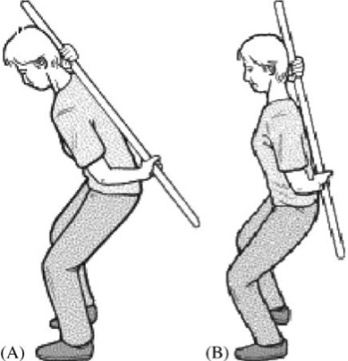
Going From Sitting to Standing
- Start in a seated position at the edge of your chair with your feet under your thighs before sitting up
- To initiate movement, begin upward movement by using your hips and knees
- To avoid strain to your back, keep your torso upright when rising from the chair.
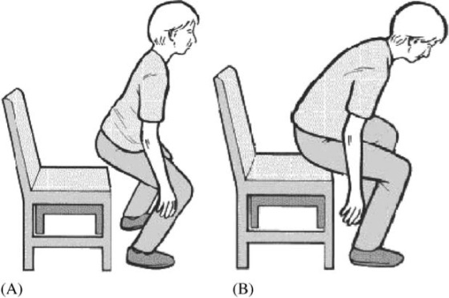
Picking Up a Bag Off the Ground
- When picking up a bag from the ground, bend from the hips and knees.
- Make sure to keep the back flat and keep lower back’s natural curve by keeping it curved forward while bending.
- When lifting, initiate the movement by keeping the back flat while extending with the hips, and tightening the glutes.
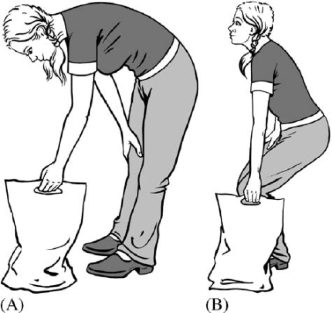
Brushing Your Teeth
- Keep your chest upright while brushing the teeth.
- When you bend forward to rinse your brush or mouth bend from the hips, not from the waist.
- Keep your chest lifted while you bend forward.
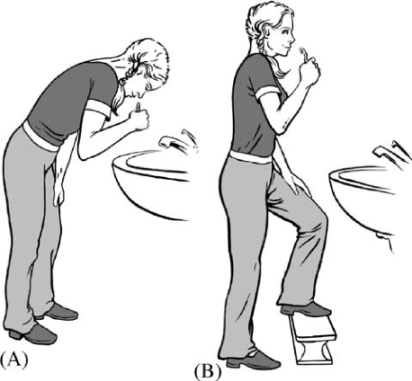
Changing a Diaper
- Before changing your baby ensure that you have a changing station that is the appropriate height.
- If it is too low (below your waist), you will be forced to bend forward from the waist.
- The correct height is approximately waist high and allows you to maneuver your baby without having to bend much.
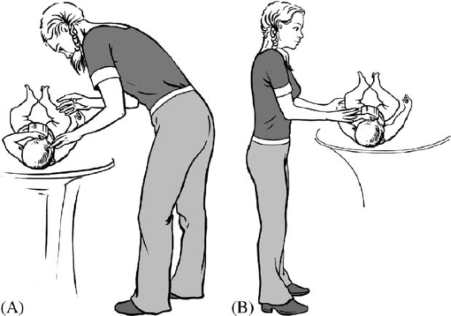
Picking Up Objects From the Ground
- When lowering to pick up the object, bend from the knees and keep your chest lifted.
- When lifting keep your spine upright by hinging from the hips and knees.
- If the object is not directly in front of you, it is important to keep your chest lifted in front of you while keeping your lower back’s natural curve.
- Avoid lifting immediately after sitting for a prolonged period.
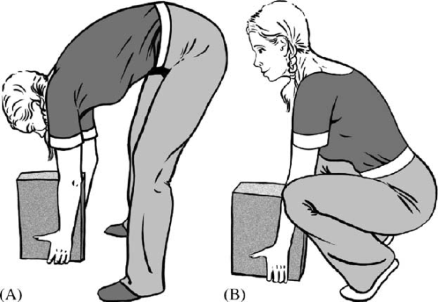
Body Preparation & Positioning
Keeping the sternum up automatically sets the body into the good posture and maintains:
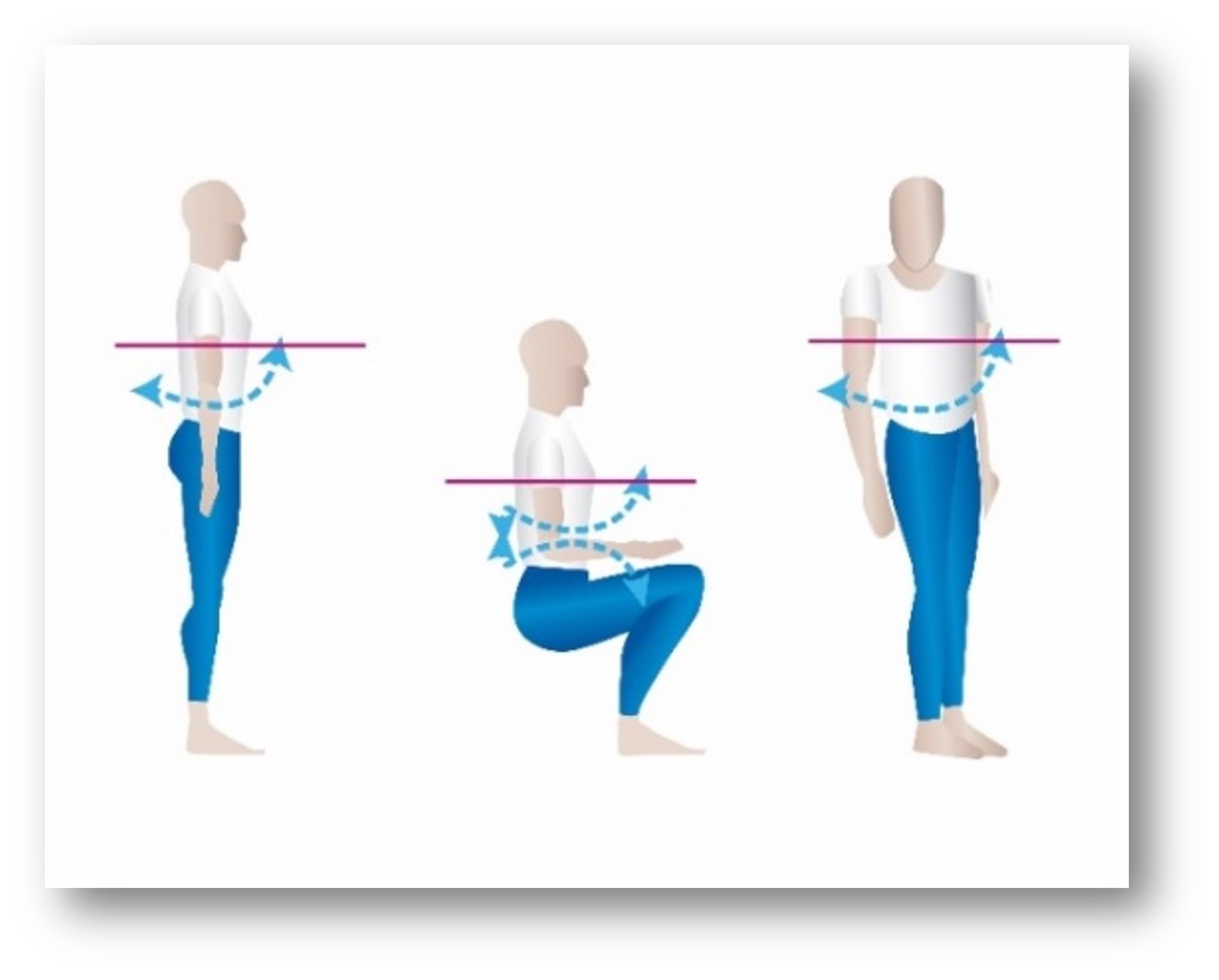
Neutral Spine: Maintaining good spinal alignment decreases the stress placed on the spine and discs.
Hip Hinging: Bending at the hips – and not the low back – decreases the stress placed on the low back and increases strength & power.
- Power Zone
The zone that will optimize lifting strength and injury reduction.- Bend your elbows at a 90-degree angle, and you are in the “Primary Power Zone.”
- The area up to the shoulders and down to the hips is acceptable.
- The more you can work in the “power zone” the less fatigue on your body
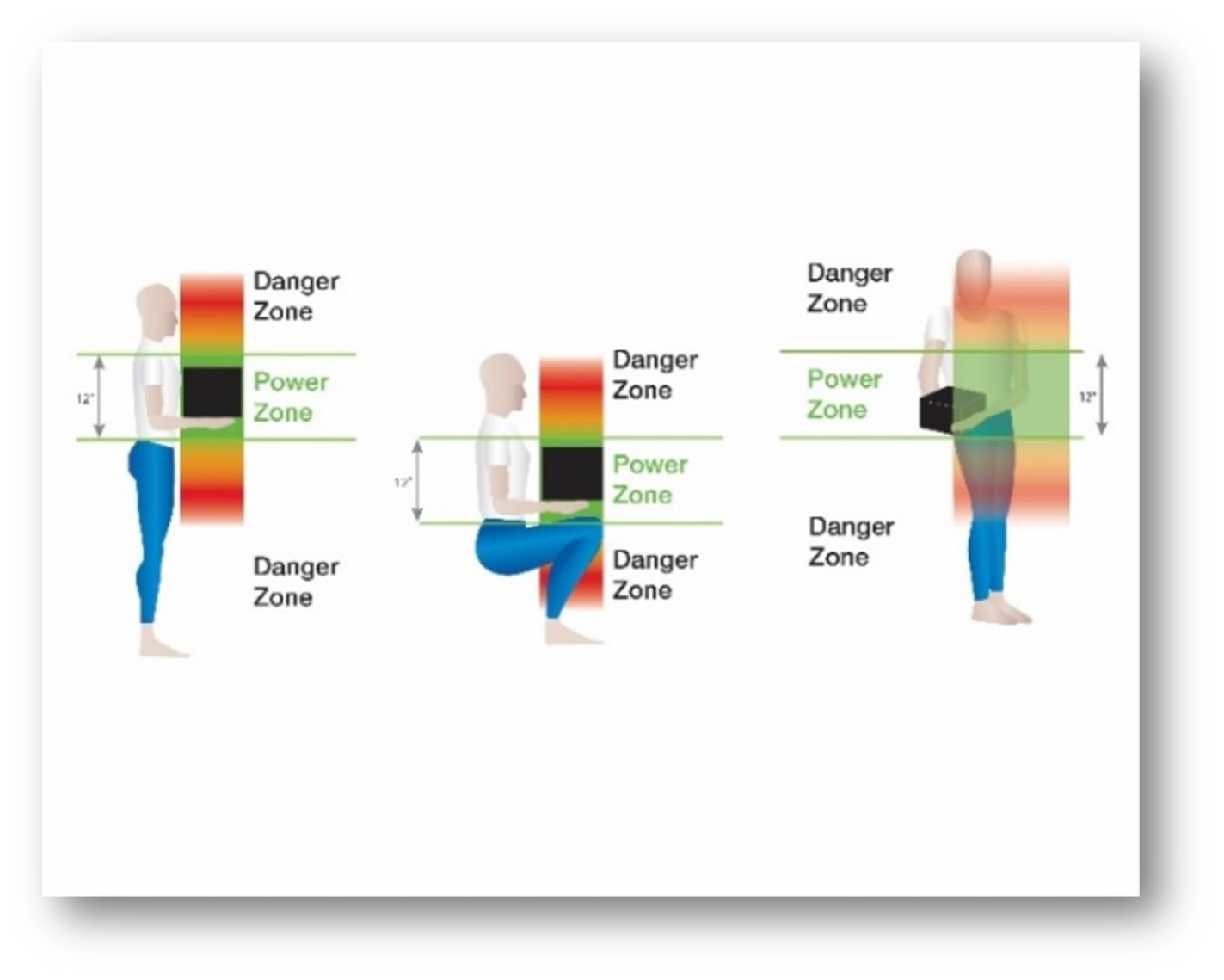
- Abdominal Bracing- When all of your core muscles work together, a “Super Stiffness” occurs, and all three layers of the abdominal wall are activated to protect and stabilize the spine and discs.
- Without bending forward, contract the abdominal muscles (like you are about the get punched in your gut – feel them tighten with one hand) and the buttock muscles (as if you are holding in a bowel movement). You will feel the lower back muscles contract (with the other hand) when you contract your abs and buttocks.
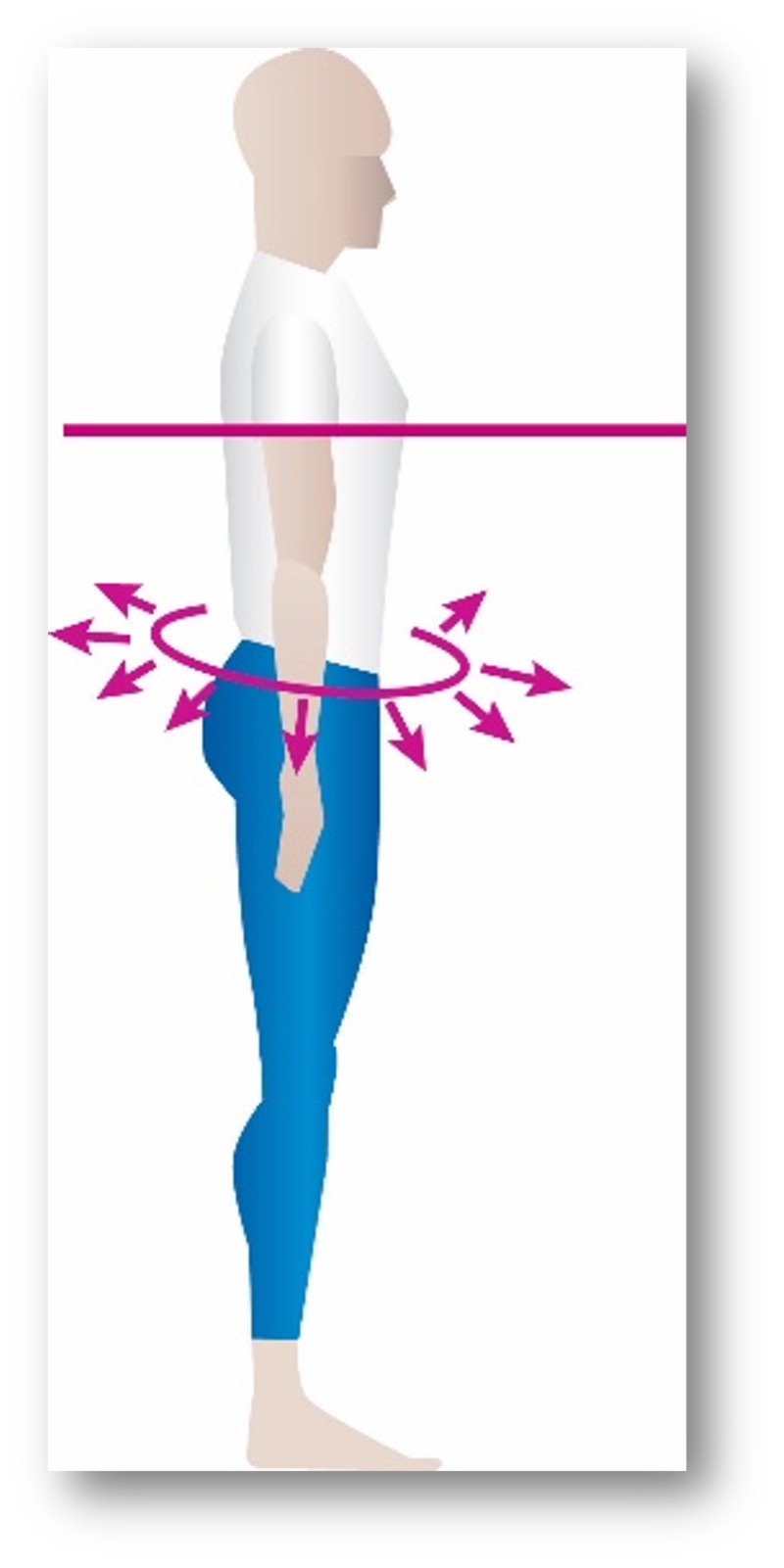
- Without bending forward, contract the abdominal muscles (like you are about the get punched in your gut – feel them tighten with one hand) and the buttock muscles (as if you are holding in a bowel movement). You will feel the lower back muscles contract (with the other hand) when you contract your abs and buttocks.
